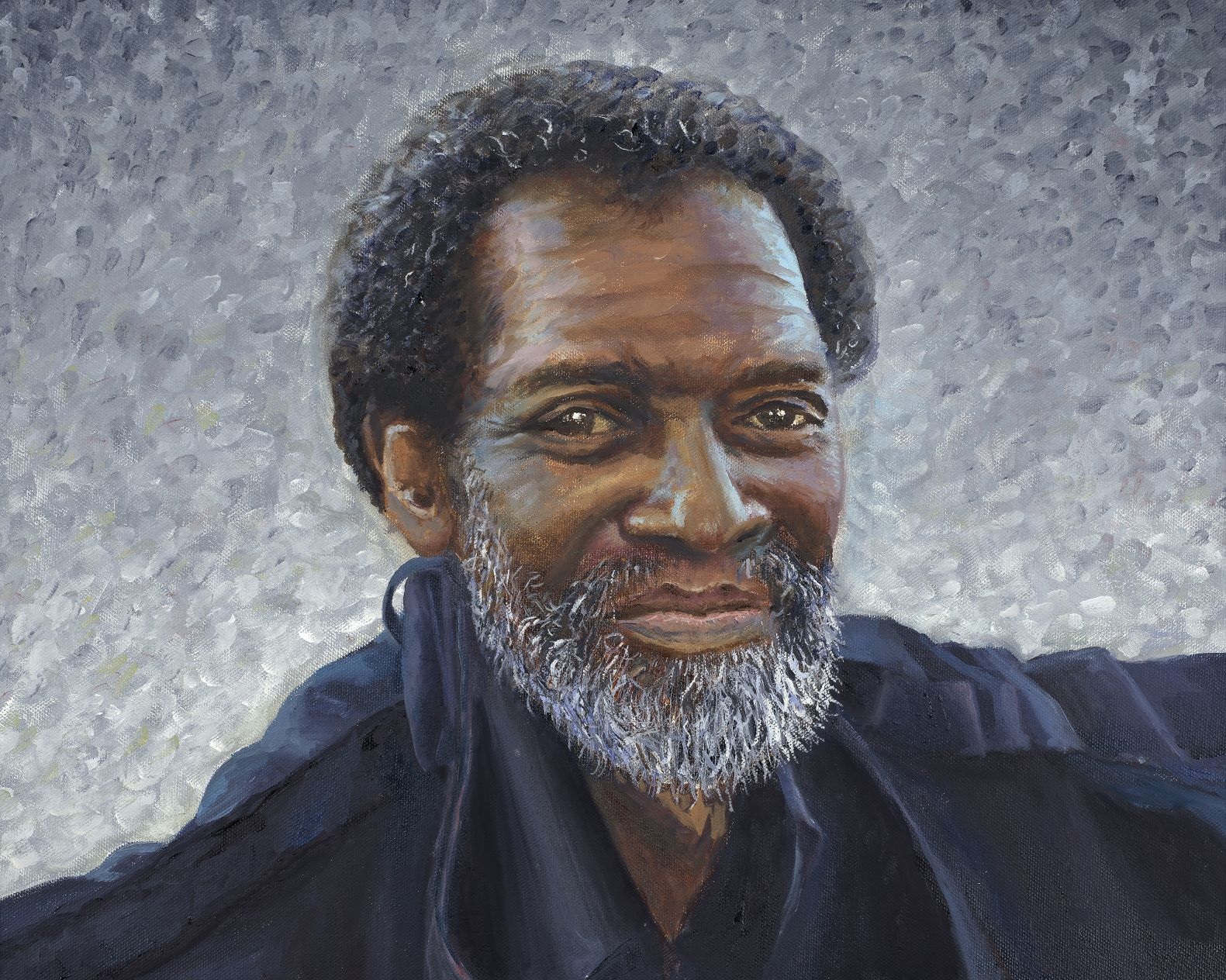Alright – so today we’ve got the honor of introducing you to Wendy Elliott-Vandivier. We think you’ll enjoy our conversation, we’ve shared it below.
Wendy, thanks for taking the time to share your stories with us today If you could go back in time do you wish you had started your creative career sooner or later?
I wish I had started my professional creative career much sooner. I have always made art since I was a young child, making drawings, paintings, sculpture and conceptual art. I attended Tyler School of Art, Temple University where I earned my BFA in Sculpture and graduated Magna C*m Laude. After graduation, I worked briefly as an assistant art therapist. I didn’t think that I could make a living as an artist and decided to change my career goals. I then worked for 9 years for the Office for Civil Rights, U.S. Department of Education, and then for 30 years as a Human Resources Manager in private industry. During this time, I was very involved with disability rights advocacy and served on the boards of several national and local organizations. After being laid off at age 62, I decided that I needed a career change and wanted to focus entirely on my art and advocacy. Since that time, I have melded my art and advocacy together to educate others about microaggressions and ableism. My work has more meaning and purpose that ever, and I am making money, too!

Great, appreciate you sharing that with us. Before we ask you to share more of your insights, can you take a moment to introduce yourself and how you got to where you are today to our readers.
The mission that drives my creative journey is to enhance access and opportunities and make the world a better place for people with disabilities. I am a teaching artist, melding my art with my disability activism. I created a series of cartoons about microaggressions and ableism. All of my work is based on my own real-life experiences and the outrageous things that people have said to me while I am out in public, living my normal, “un- inspirational” life. I conduct art workshops on microaggressions and ableism, creating a safe space for people of all ages to create cartoons of their own, and engage in meaningful discussions about racism, sexism, homophobia, ageism and other forms of discrimination. I tailor my programs for various age groups from kindergarten, elementary, high school, college students and beyond. I also conduct training for universities, businesses and religious organizations. I have even conducted presentations and workshops for medical students and other healthcare professionals. To me, it is all about repairing the world, making it a better place for all!
For you, what’s the most rewarding aspect of being a creative?
For me, one of the most rewarding aspects of being an artist is to use my art to help shine a light on societal issues such as the lack of health care equity for people with disabilities and the many deaths in the United States due to gun violence. For example, I got involved with the Raw Beauty Project on access to healthcare for women with disabilities. I painted a portrait of a disabled veteran who was denied access to treatment to help with pain from her injuries. I painted her as a proud and confident woman, able to achieve her goals and live her best life.
Another example was when I volunteered to paint a portrait for the Souls Shot Portrait Project. This organization links fine artists with families or friends of victims of gun violence. I painted a portrait of a young woman who was murdered by her boyfriend and left behind a beautiful young daughter. I met with the woman’s family members and friends to learn about her essence as a person, and how I could best depict her in a portrait in oil paint. Creating such a portrait provided some comfort and peace to her family. I also hope that it will help to bring attention to the scourge of gun violence and be a call to action to those who view the art.

Let’s talk about resilience next – do you have a story you can share with us?
I demonstrated my resilience as a life-long artist by returning to my roots, after many years of working in government civil rights enforcement and human resources management. I took a huge risk when I decided to change the trajectory of my career and become a full-time artist and disability rights activist. I am so grateful for making this career change, and I believe that my work now has much more meaning and purpose.
Contact Info:
- Website: https://www.wendyevart.com
- Instagram: @wendyartist
- Facebook: @wendy.elliottvandivier
Image Credits
Wendy Elliott-Vandivier


